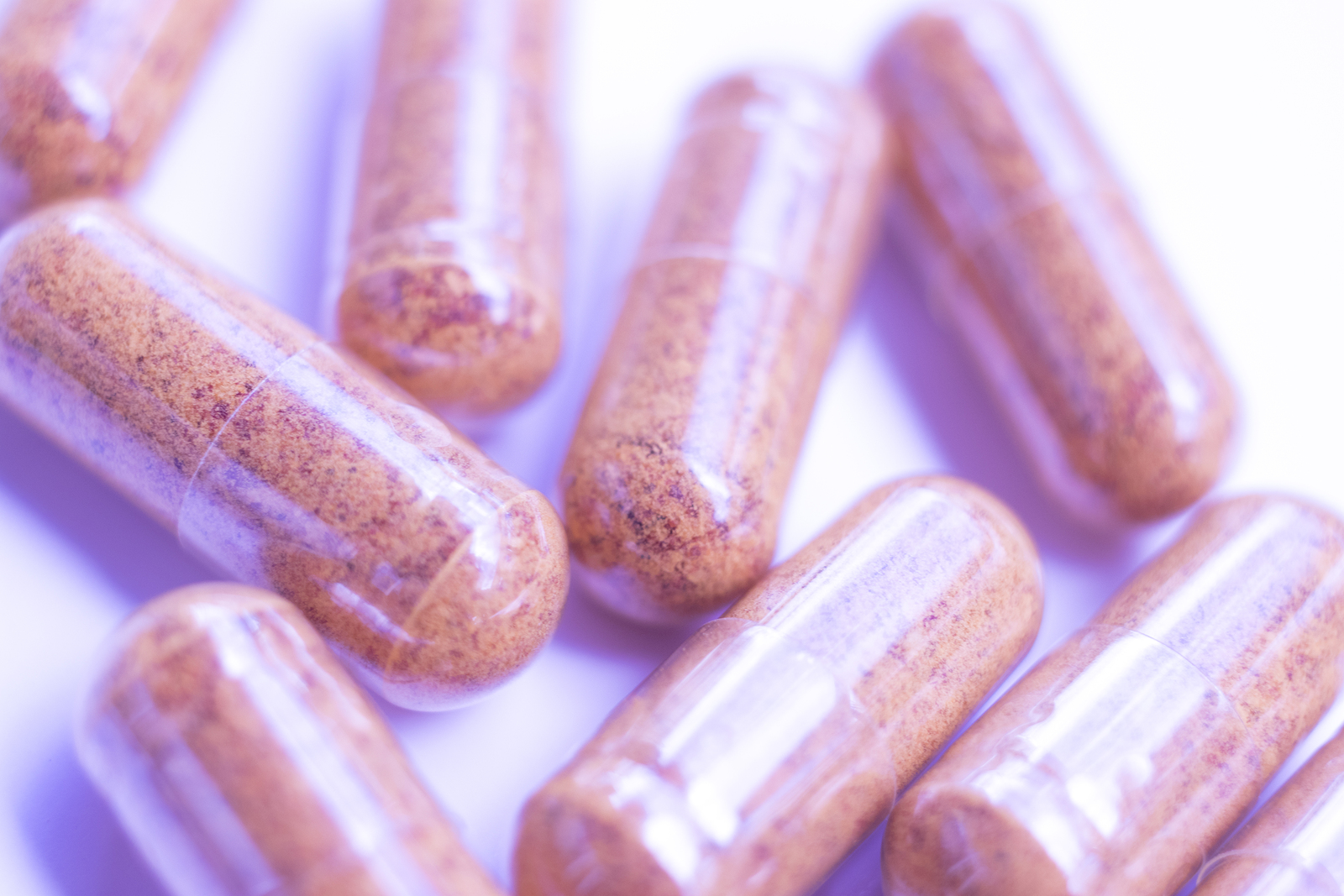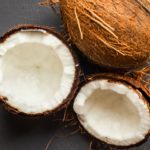Essential Nutrients, Part 5: More Reversals of Deficiencies

Minerals
Mineral supplements are available in the form of inorganic salts, organic acid salts, and amino acid chelates. All three forms have merit. Inorganic phosphates, sulfates, and chlorides are important for electrolyte balance; organic ascorbates, acetates, and citrates are natural and are more effectively absorbed by our digestive system than inorganic salts. Mineral amino acid chelates may be absorbed even better. The best formulations combine all three forms in appropriate ratios. Specific minerals chelate best with specific amino acids (e.g., magnesium with glycine or aspartic acid; copper with histidine, glutamine, or threonine; manganese with arginine; selenium with methionine; and iron with cysteine, to name a few).
Where no government RDA has been set for a mineral, parentheses indicate an RDA suggested by researchers in the field. So far no essential functions have been found for strontium and tin, although both are found in our body.

Essential Amino Acids
Traditionally, nutritionists were only concerned with whether or not proteins were ‘complete’ – containing all essential amino acids in the balance appropriate for the production of human proteins. Animal proteins were preferred because of this view. This attitude is slowly changing.
Vegetarian forms of protein are being given more attention, especially in terms of being able to feed about 20 times as many people by eating lower on the food chain, and in terms of balancing different plant proteins (e.g., beans and rice; or corn and beans) to improve their completeness. In addition, vegetable proteins may contain fewer toxic contaminants such as pesticides that are concentrated in animal tissues, fewer contaminants such as antibiotics, excess fat, and hormones, and fewer parasites that affect humans.
Individual amino acids are also being given more attention. They are beginning to be used for their therapeutic effects. Phenylalanine and tyrosine are used as antidepressants, and for increasing assertiveness. Tryptophan is used as a sedative, but is now difficult to get because of regulatory interference. Arginine appears to decrease atherosclerosis and gallstones. Lysine is said to inhibit the growth of viruses, and is now being used to help in peripheral artery disease. The sulphur-containing cysteine2 – and especially N-acetyl cysteine and reduced L-glutathione – is part of the body’s nutritional antioxidant system.

Several other non-essential amino acids are also used for special purposes. Amino acid therapy is a recent development in nutritional medicine, and a lot remains to be discovered. An excellent treatment of both essential and non-essential amino acids is found in Braverman and Pfeiffer’s 1987 book: The Healing Nutrients Within.




